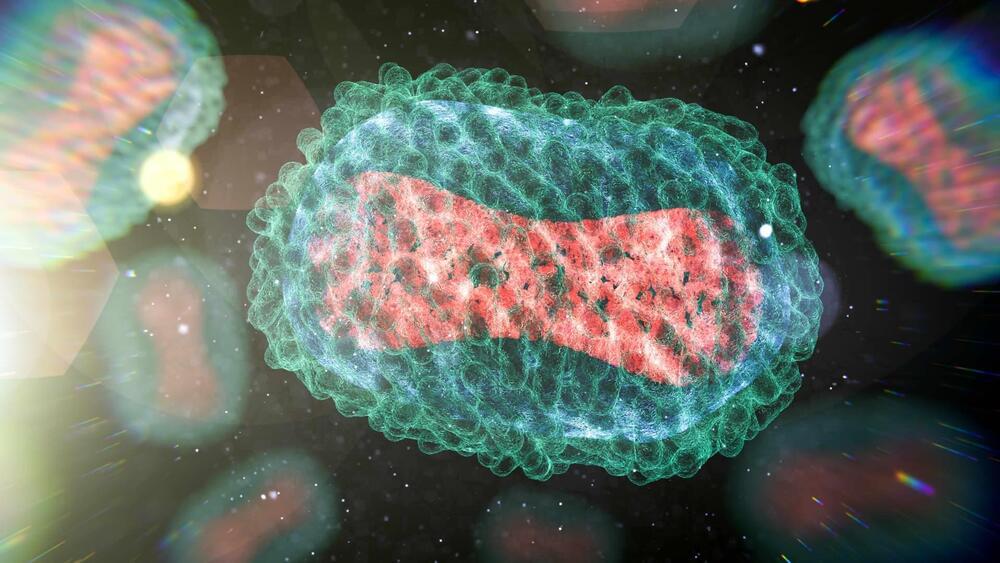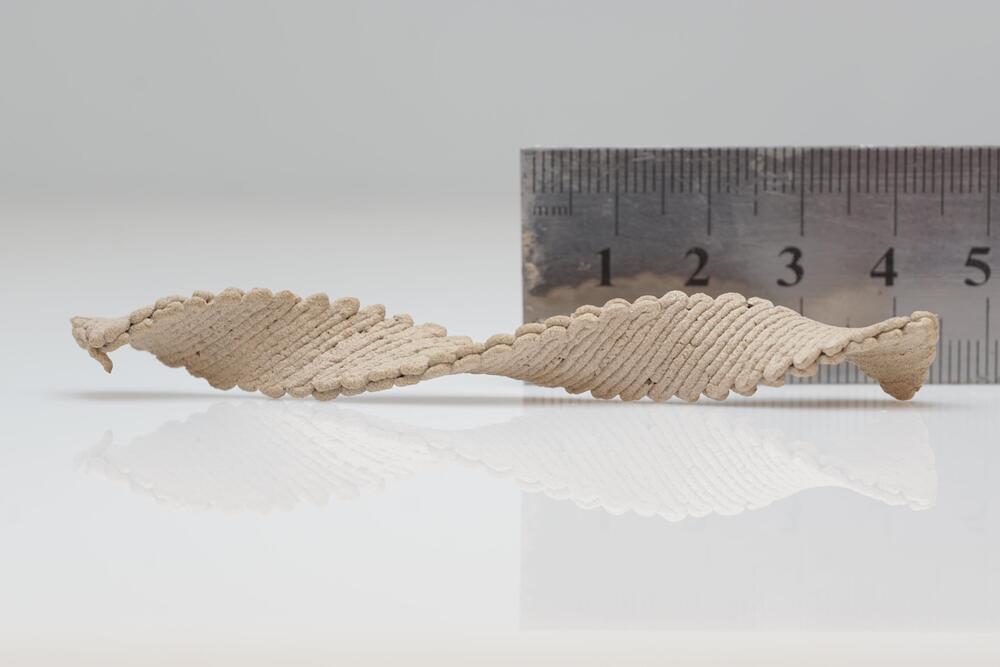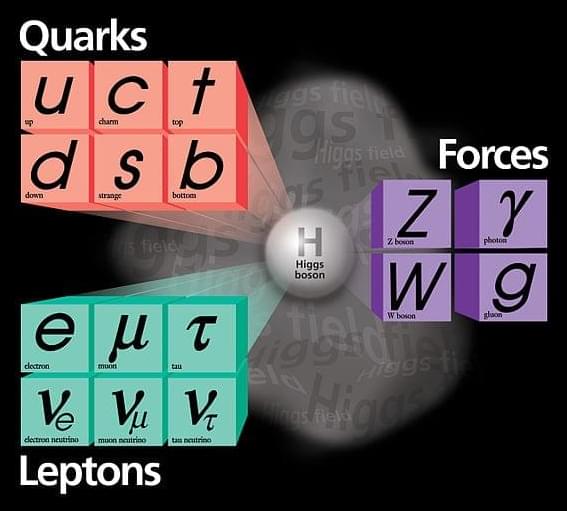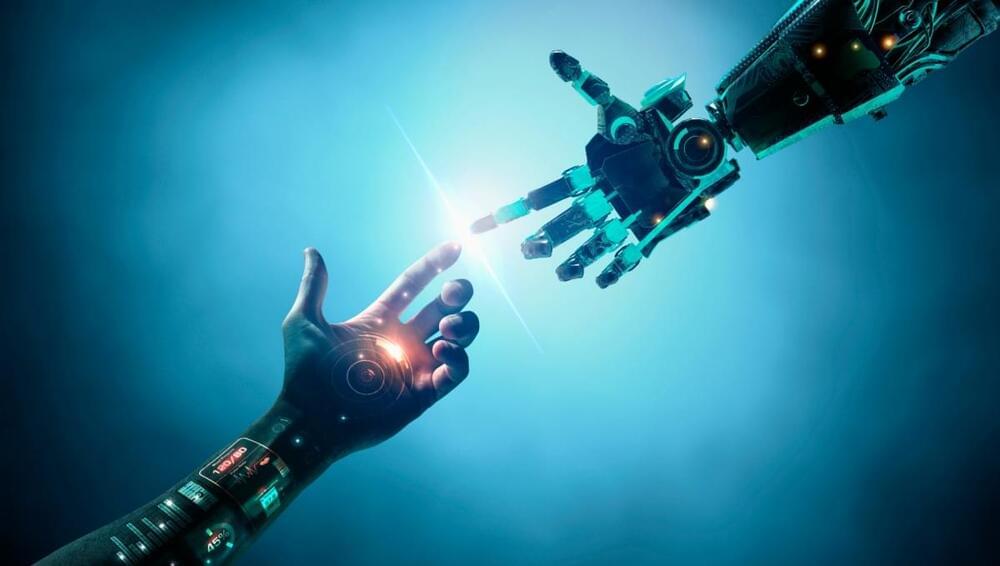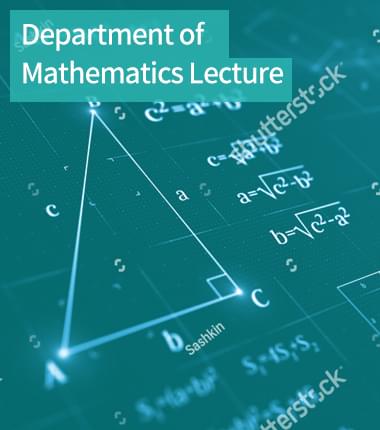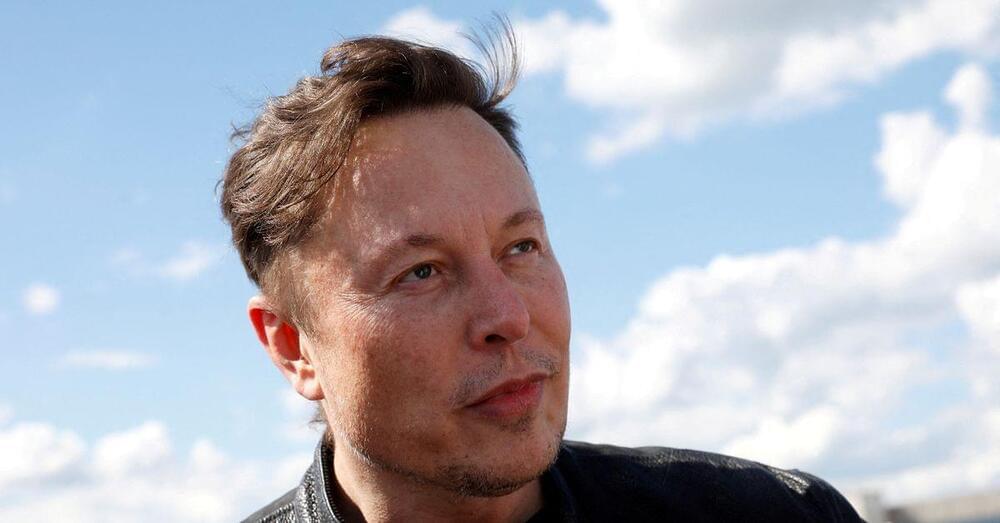Some scientists worry as the current outbreak grows, monkeypox could spill from people into animals in the U.S., making the virus more difficult to eradicate.
Wooden objects are usually made by sawing, carving, bending or pressing. That’s so old school! Today, scientists will describe how flat wooden shapes extruded by a 3D printer can be programmed to self-morph into complex 3D shapes. In the future, this technique could be used to make furniture or other wooden products that could be shipped flat to a destination and then dried to form the desired final shape.
The researchers will present their results at the fall meeting of the American Chemical Society (ACS).
In nature, plants and some animals can alter their own shapes or textures. Even after a tree is cut down, its wood can change shape as it dries. It shrinks unevenly and warps because of variations in fiber orientation within the wood. “Warping can be an obstacle,” says Doron Kam, a graduate student who is presenting the work at the meeting, “but we thought we could try to understand this phenomenon and harness it into a desirable morphing.”
Repetitive transcranial magnetic stimulation (rTMS) is a noninvasive treatment approved by the U.S. Food and Drug Administration for the treatment of clinical depression. The treatment is also being studied as a potential therapy for Alzheimer’s disease.
How rTMS works
Alzheimer’s disease is the most common cause of dementia, affecting millions of mostly elderly people around the world. In these people, the synaptic activity (connections between nerve cells) collapses and brain networks gradually falter, resulting in a decline in memory and the ability to think and learn.
What are the most fundamental structures of the Universe?
In this article, we’ll explore the mysteries that scientists have been scratching their heads about for hundreds of years. Mysteries that have only partly been resolved and that lead us towards understanding the fundamental structures of Nature. Mysteries that turned out to be so bizarre that it took more than a hundred years to appreciate the true power of this amazing theory.
The hunt for simplicity has been going on for centuries, but where are we now? What is our best bet at how Nature really works and what do we still not understand?
Were you unable to attend Transform 2022? Check out all of the summit sessions in our on-demand library now! Watch here.
Digital twins enable enterprises to model and simulate buildings, products, manufacturing lines, facilities and processes. This can improve performance, quickly flag quality errors and support better decision-making. Today, most digital twin projects are one-off efforts. A team may create one digital twin for a new gearbox and start all over when modeling a wind turbine that includes this part or the business process that repairs this part.
Ideally, engineers would like to quickly assemble more complex digital twins to represent turbines, wind farms, power grids and energy businesses. This is complicated by the different components that go into digital twins beyond the physical models, such as data management, semantic labels, security and the user interface (UI). New approaches for composing digital elements into larger assemblies and models could help simplify this process.
An international group of scientists finally proved that slowly rotating Kerr black holes are stable, a report from Quanta Magazine reveals. In 1963, mathematician Roy Kerr…
It was designed to reduce carbon dioxide emissions by over 6.5 million tons each year.
The Dubai Electricity and Water Authority (DEWA) is aiming for 5 GW by 2030 in the Mohammed bin Rashid Al Maktoum Solar Park — the largest single-site solar park in the world.
Mohammed Bin Rashid Al Maktoum Solar Park project constitutes one of the key pillars of the Dubai Clean Energy Strategy 2050 and the Dubai Net Zero Carbon Emissions Strategy to provide 100 percent of Dubai’s total power capacity from clean energy sources by 2050.
The Dubai Electricity and Water Authority (DEWA) has issued an update indicating that the Mohammed bin Rashid Al Maktoum Solar Park is still targeting 5 GW of generation capacity within this decade.
The fully reusable Starship could launch as soon as next month.
Another private customer has signed up to use SpaceX’s fully reusable Starship rocket. Sky Perfect JSat penned a contract with SpaceX to launch its Superbird-9 communications satellite to geosynchronous transfer orbit in 2024, the company announced in a press release.
The Tokyo-based firm revealed little about the specifics of the deal. However, according to Sky Perfect JSAT, Superbird-9 is a high-throughput satellite that “will deliver broadcast and broadband missions in Ku band primarily over Japan and Eastern Asia, in response to mobility and broadband demands.”
Starship: SpaceX’s next-generation launch vehicle.
3D printing technology continues to add innovations to the scientific world day by day. The Southern University made a new development in 3D printing technology this time of Science and Technology.
Researchers succeeded in a 3D printing strategy to construct flexible and stretchable light-emitting devices that can be integrated with soft robots.
SUSTech is constantly adapting, attracting more and more young students with its constantly burgeoning range of programs and opportunities for research for all levels of study.
Musk seems frustrated with the delays in Neuralink’s progress.
Elon Musk, the world’s richest person has reached out to a competitor Synchron Inc. about a potential investment after his own biotech company Neuralink has lagged in developing an implantable brain chip, Reuters reported.
Launched in 2016, Neuralink was co-founded by Musk to develop implantable brain-chip interfaces to connect humans and computers. Like his ambitious projections about his electric vehicles, Musk had ambitiously claimed in 2019 that Neuralink was aiming for its product to receive regulatory approval by the end of 2020.
Later in 2021, when the company had not even begun human trials, Musk claimed at a Wall Street Journal conference that he expected them to begin by 2022, but the company has failed to get the regulatory nod to do so, even at the time of writing this. Contrastingly, a startup, Synchron, received the necessary approvals last year.
